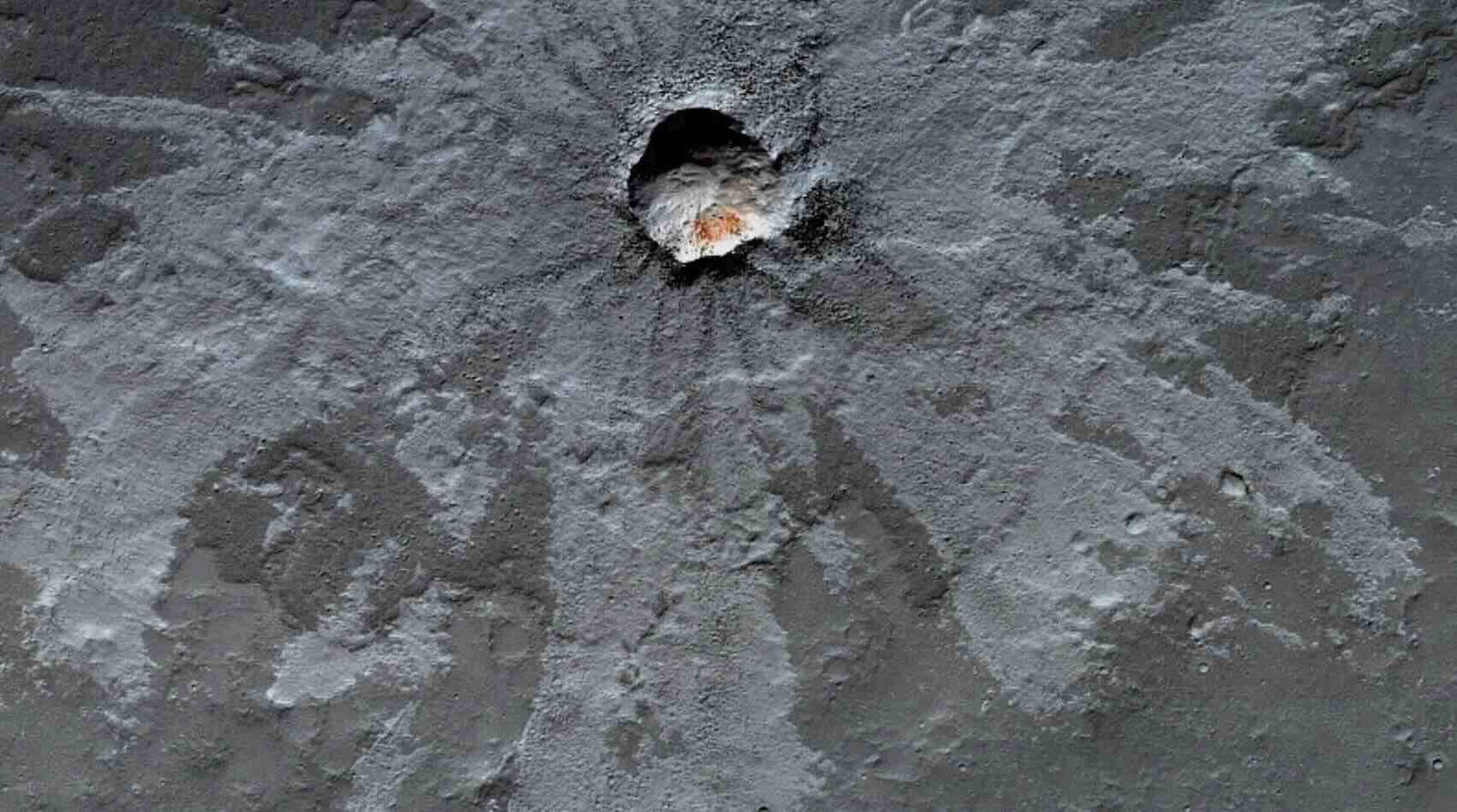Scientists have successfully traced six meteorites to their original craters on Mars, providing unprecedented new insights into their origins.
Christopher Herd, a professor and curator at the University of Alberta Meteorite Collection, led recent research that revealed that these meteorites likely came from Mars. Traces of these Martian meteorites are found in lava flows on Mars and provide evidence of the age of these craters. Overall, the new findings help experts understand the timeline of Mars’ history.
“If we can link a specific meteorite with a known age to a specific geological unit on Mars, we could put a ‘spike’ in the chronology of Mars,” Herd told The Debrief. “We are not quite there yet, but our study paves the way.”
Approximately 200 Martian meteorites exist worldwide in various collections, mainly belonging to the shergottite rock subgroup. “The shergottites represent over 80 percent by number of all Martian meteorites. They are all relatively young igneous rocks. So knowing where they come from is key to knowing where most meteorites from Mars are from,” Herd said.
Most of the meteorites came from impact events on Mars and made their way to Earth over time. Scientists can estimate when these meteorites were propelled away from Mars by analyzing their exposure to cosmic rays. However, they remain unsure about which specific craters on Mars they came from.
“Scientists analyze specific radioactive elements (at very low levels) that form only while the rock is exposed to radiation in space,” Herd says. “This gives information on how long the rock was in space; basically the travel time between Mars and Earth.”
Using models and remote sensing techniques, researchers from Herd’s team identified source craters for six Martian meteorites. Based on their age, they connected these meteorites to five different events.
“We have remote sensing data [with] ever-better resolution, and that includes information on what minerals are present,” Herd told The Debrief. “But the modeling advance is the ‘missing link’ that allowed our study to take place. The modeling allows us to link the damage caused by impact shock in the meteorite to the range of impact sizes that could have ejected the meteorite.”
The team predicted that one meteorite, EETA79001, likely came from a crater that formed less than 600 million years ago. “We link EETA79001 to Chakpar crater, based on the ejection age of the meteorite, which is closest to the age of this crater,” Herd says.
Herd and his team traced the meteorite back to the Chakpar crater, a 19.6-kilometer-wide basin on the Tharsis plateau near Mars’ equator. This crater, along with the Tooting crater, produced certain types of shergottite meteorites, while the Corinto crater was likely the origin of other meteorites, such as Zagami and Los Angeles. The team also identified several other craters on Mars that might have produced meteorites that haven’t been discovered yet.
“It seems that Tooting crater is the source of geochemically depleted meteorites, while Corinto ejected intermediate and enriched meteorites,” Herd says. “This could be telling us something about what is in the mantle under each of these areas on Mars.”
So what does this mean for the future discoveries on Mars?
“Our study suggests that there are craters on Mars from which meteorites have not yet been identified. This is exciting because it means that any future newly discovered Martian meteorite with a different ejection age or crystallization age could be linked to one of the craters we have already identified as a possible source,” Herd says.
Chrissy Newton is a PR professional and founder of VOCAB Communications. She currently appears on The Discovery Channel and Max and hosts the Rebelliously Curious podcast, which can be found on The Debrief’s YouTube Channel on all audio podcast streaming platforms. Follow her on X: @ChrissyNewton and at chrissynewton.com.

